Pesticides are chemical substances that, upon interaction with harmful living organisms, cause various physiological and biological disruptions, ultimately leading to their death. As early as 470 BCE, Pliny wrote to Democritus about the need to spray plants with an aqueous infusion of olives to protect them from powdery mildew. Throughout history, people have continually tested the effects of toxic compounds, herbs, and decoctions on organisms harmful to plants.
Today, global practices involve several hundred chemical compounds, based on which over 5,000 pesticides have been patented. This vast diversity allows for the development of a chemical plant protection system with alternating active ingredients, preventing harmful organisms from developing resistance to these toxins.
Classification of Pesticides by Chemical Composition
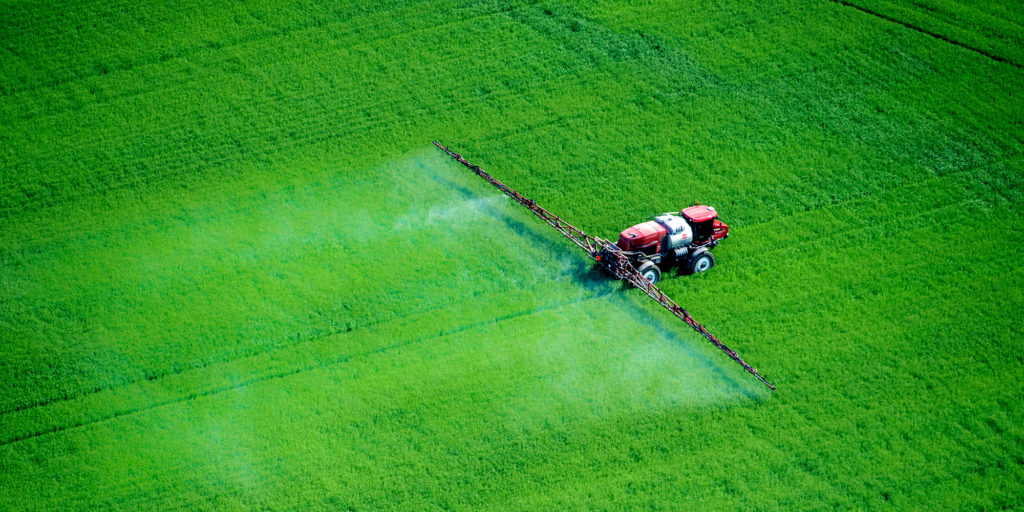
Pesticides are primarily divided into three groups based on their chemical composition:
- Chemical and Inorganic Preparations — These are compounds of chemical origin (e.g., mercury, fluorine, barium, copper). Their advantages include high efficacy and long-lasting protection.
- Organic or Synthetic Organic Pesticides — This broad category is the most commonly used in agriculture.
- Preparations of Plant, Fungal, or Bacterial Origin — These are derived from natural materials or living organisms (bacteria, fungi, plants, minerals, etc.) and are considered safer than chemical pesticides. This group includes biopesticides, pyrethrins, antibiotics, and phytoncides.
Classification of Pesticides by Target Organisms
Pesticides are categorized based on the organisms they target:
- Insecticides: Chemical preparations to protect against harmful insects and animals.
- Fungicides: Used against fungal disease pathogens.
- Herbicides: Substances that kill weeds.
- Ovicides: Preparations that destroy insect and mite eggs.
- Larvicides: Pesticides targeting insect larvae.
- Acaricides: Used to combat harmful mites.
- Insecto-acaricides: Pesticides effective against both insects and mites.
- Nematicides: Used to eliminate roundworms (nematodes).
- Limacides: Poisons that kill slugs.
- Avicides: Used to control pest birds.
- Rodenticides: Pesticides for poisoning rodents.
- Zoocides: Preparations for eliminating animals.
- Aphicides: Chemicals targeting aphids.
- Bactericides: Used against bacterial plant disease pathogens.
- Virucides: Used to combat viral diseases.
- Arboricides: Pesticides that eliminate woody and shrubby vegetation.
- Algicides: Used against algae and aquatic vegetation.
- Defoliants: Chemicals that accelerate leaf drop.
- Desiccants: Pesticides that promote plant drying.
- Growth Regulators: Compounds that influence crop growth and development processes.
- Retardants: Preparations that slow plant growth.
- Deflorants: Used to remove flowers and buds.
- Anti-resistants: Specific additives that reduce pest resistance to pesticides.
- Gameticides: Preparations that cause sterility in weeds.
- Synergists: Substances that enhance the impact of pesticides on harmful organisms.
Additionally, numerous biologically active substances are used, such as:
- Repellents: Substances that repel insects and animals.
- Attractants: Preparations that lure insects and animals into traps.
- Synthetic Pheromones: Compounds that attract male insects and animals.
- Antifeedants: Substances that suppress insect feeding.
- Sterilants (Chemosterilants): Chemicals that prevent insects from reproducing.
Classification of Pesticides by Mechanism of Action
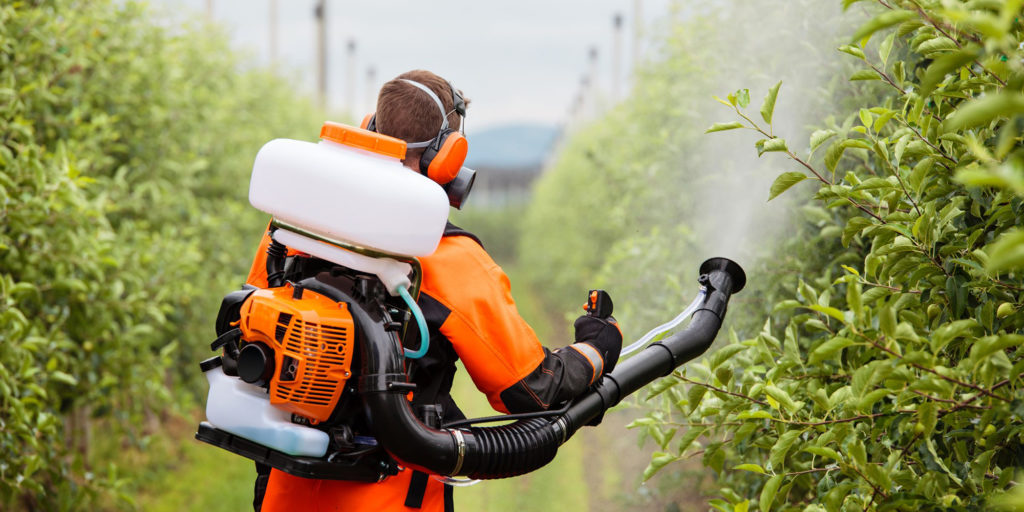
Herbicides are categorized based on their effect on plants:
- Selective Herbicides: These target specific weed species while being safe for other, often cultivated, plants.
- Non-selective Herbicides: These destroy all vegetation.
The selectivity of herbicides is conditional and depends on adhering to recommended application rates.
Herbicides are also classified by their mode of entry into plants:
- Contact Herbicides: These affect only the plant parts they come into contact with.
- Systemic Herbicides: These penetrate the plant quickly upon contact, leading to its complete death. They are highly effective against weeds with strong root systems, including perennials.
Insecticides and certain pesticides are classified by their mode of action on pests:
- Contact Insecticides: These cause pest death upon direct contact.
- Stomach Insecticides: These poison insects or animals after ingestion.
- Systemic Insecticides: These penetrate the plant through its vascular system, killing pests that feed on it.
- Fumigants: These poison pests through gas that enters their respiratory systems.
Fungicides are divided into two types based on their action:
- Protective Fungicides: Used to prevent diseases.
- Curative Fungicides: Used to treat diseases (therapeutic, curative, eradicative, or exterminative).
Fungicides are also classified by their mode of penetration into the harmful organism:
- Contact Fungicides: These act on the disease pathogen upon contact and prevent the spread of infection to other plant parts.
- Systemic Fungicides: These are absorbed by plants in safe amounts, altering the plant’s metabolism to enhance its resistance to disease. They prevent infection of healthy plant parts and eliminate pathogens already present.
Classification of Pesticides by Toxicity
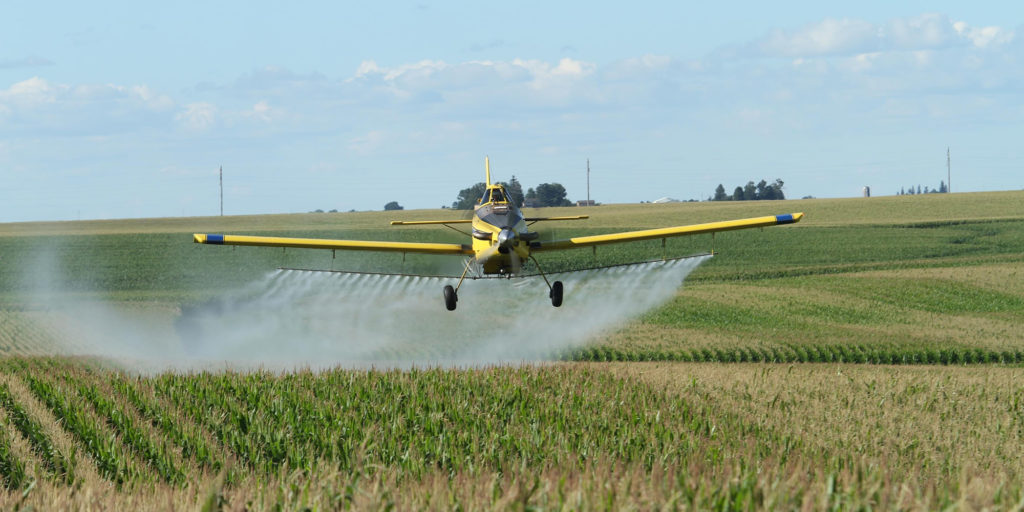
Pesticides are classified based on their level of impact on humans and animals upon ingestion or skin contact. The hygienic classification includes the following classes:
- Class I: Highly potent or extremely hazardous substances. Many of these, such as DDT, have long been banned.
- Class II: Highly toxic or hazardous substances. These are highly effective against pests but require strict adherence to safety measures during application (e.g., Decis, Bazudin, Bi-58).
- Class III: Moderately toxic or moderately hazardous pesticides. Examples include Actellic, Copper Oxychloride, Copper Sulfate, and Carbofos.
- Class IV: Low-toxicity or low-hazard substances. These include insecticides like Bordeaux Mixture and biopesticides such as Trichodermin, Pseudobacterin, Lepidocide, Bitoxibacillin, Fitoverm, and Metavite.
Methods of Pesticide Application
Depending on the pesticide formulation and the target organism, application methods include:
- Spraying
- Dusting
- Fumigation
- Aerosol application
- Seed and planting material treatment before sowing
- Scattering granules on the soil surface
- Soil incorporation
- Placement of poisoned baits
Main Formulations of Pesticides
There is a wide variety of pesticide formulations. The most common include emulsion concentrates, suspension concentrates, wettable powders, and granules.
List of pesticide formulations used in agriculture:
- Briquettes
- Water-soluble granules
- Water-glycol solution
- Water-dispersible granules
- Water-soluble concentrate
- Aqueous suspension concentrate
- Aqueous solution
- Water-soluble powder
- Aqueous suspension
- Water-suspension concentrate
- Water-alcohol solution
- Air-dried mass
- Aqueous emulsion
- Granules
- Glycol solution
- Liquid
- Colloidal solution concentrate
- Nanoemulsion concentrate
- Colloidal solution
- Crystalline powder
- Suspension concentrate
- Emulsion concentrate
- Soft briquettes
- Microgranules
- Oil dispersion
- Oil concentrate
- Microencapsulated suspension
- Oil emulsion concentrate
- Mineral-oil suspension
- Mineral-oil emulsion
- Oil suspension
- Oil-suspension concentrate
- Microemulsion
- Powder
- Bait
- Paste
- Film-forming flowable paste
- Solution
- Soluble powder
- Suspension concentrate
- Oil-based suspension concentrate
- Wettable powder
- Dry flowable suspension
- Dry powder
- Suspension emulsion
- Tablets (TAB)
- Solid briquettes (TB)
- Flowable suspension concentrate
- Flowable paste
- Flowable suspension
- Suspension concentrate
- Oil-water emulsion
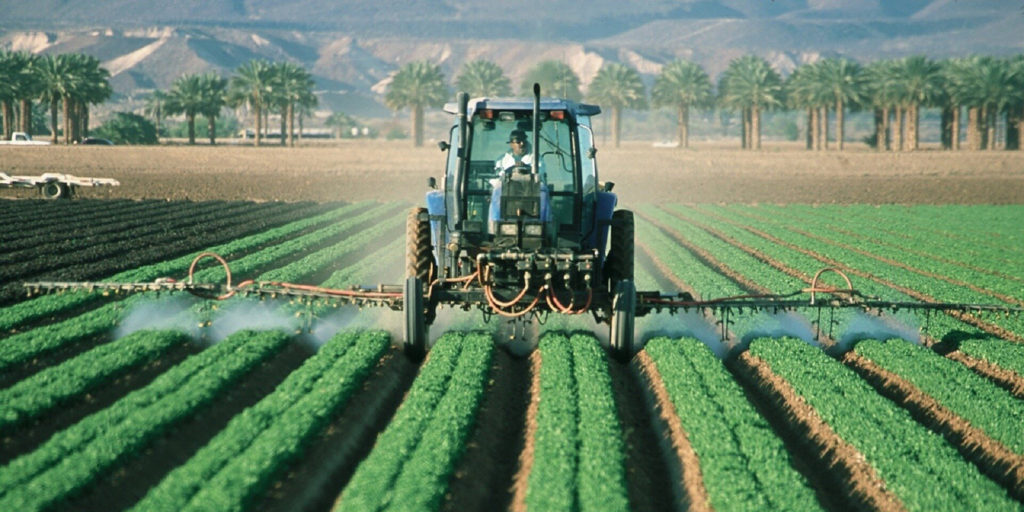
This article has introduced you to what pesticides are and the types used in agriculture for crop cultivation.
If you have found a spelling error, please, notify us by selecting that text and pressing Ctrl+Enter.

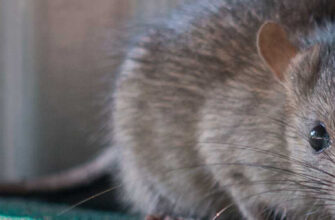
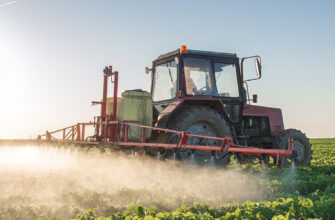
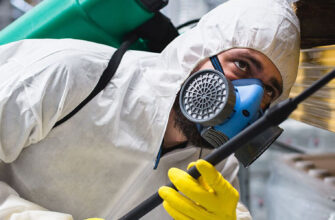
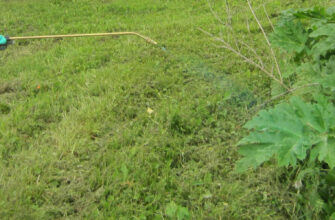
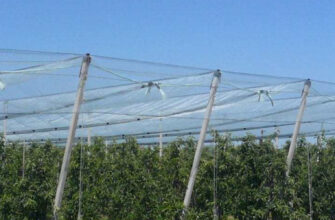
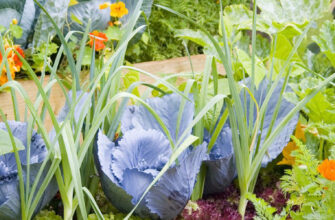
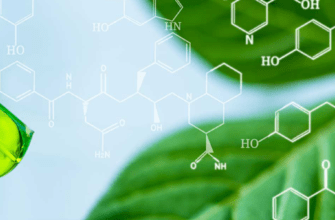
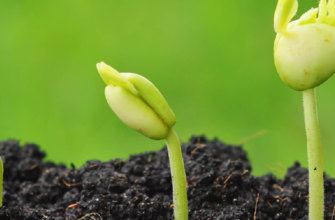
Hello. Are acaricides divided into chemical classes, such as fungicides and insecticides? I can’t find this information. Or is the protection system formed according to the method of action of the drug?
Accaracids are also divided into chemical and biological, organophosphate, organochlorine and a number of other chemical areas.